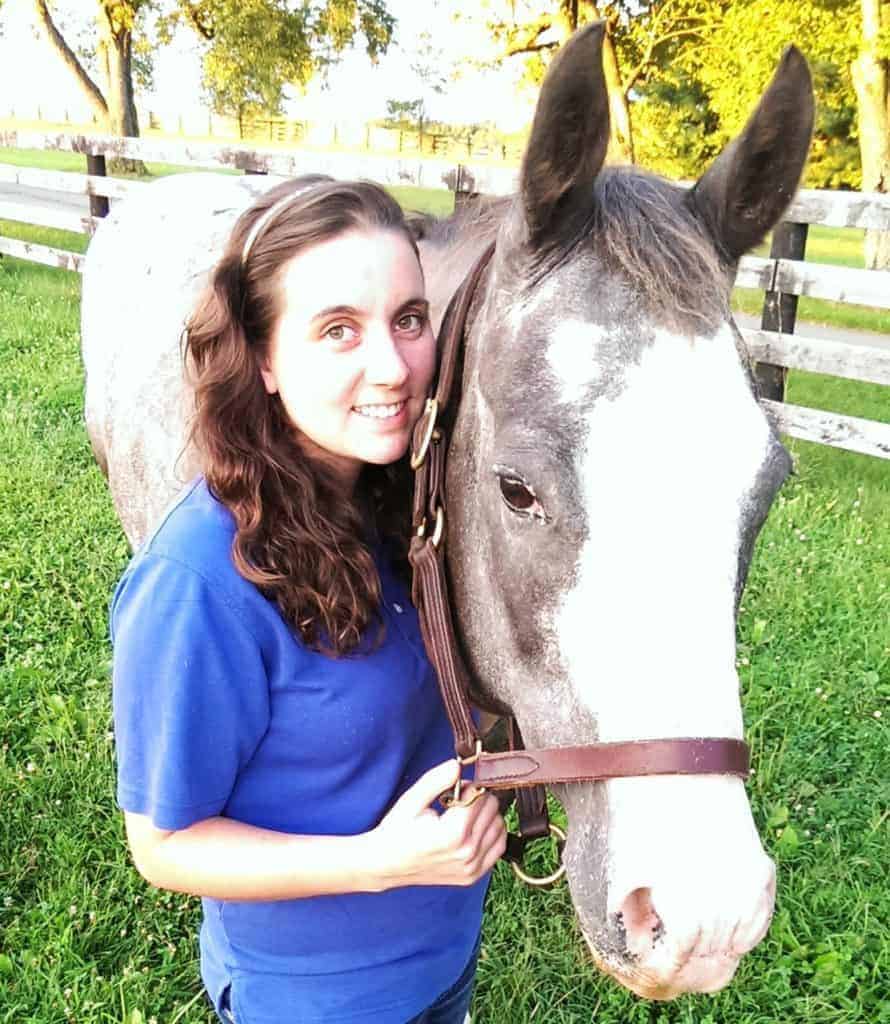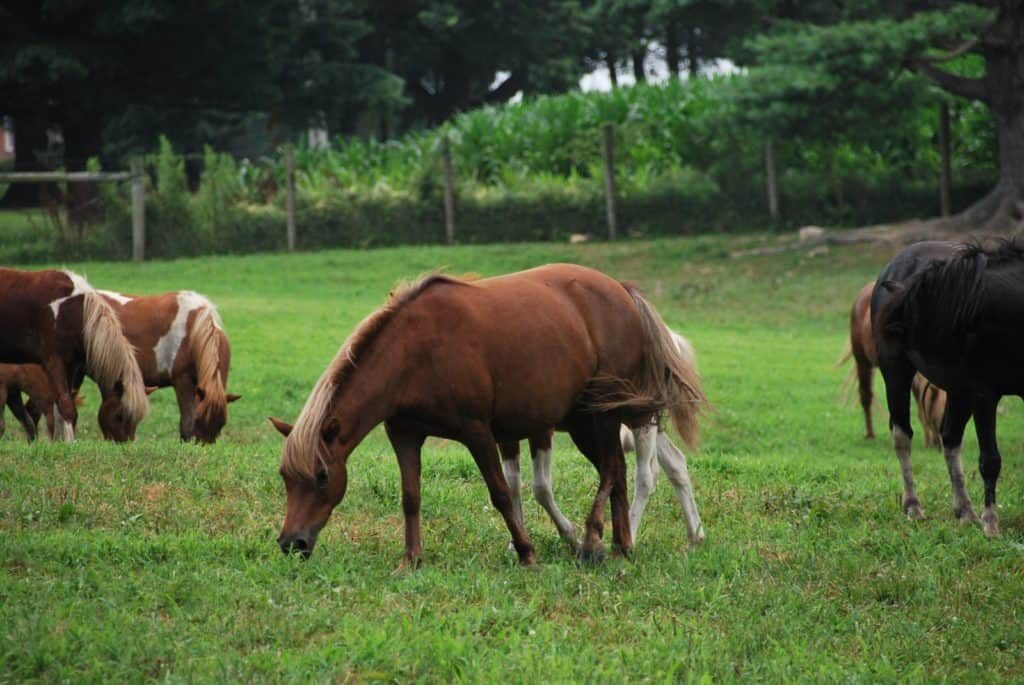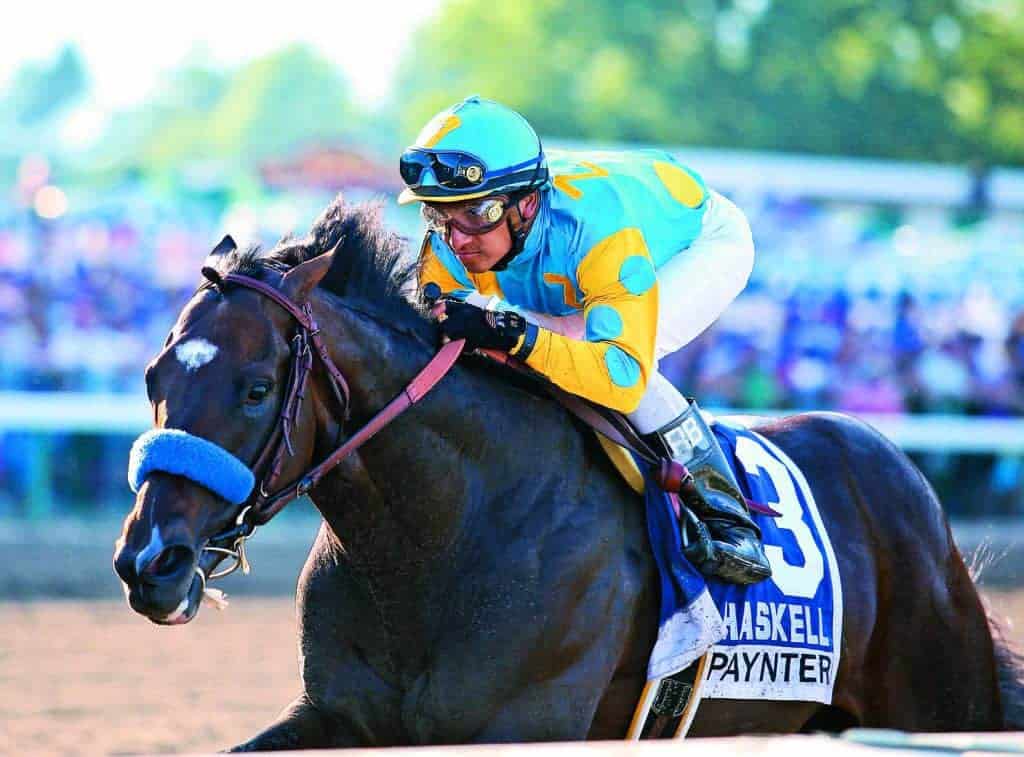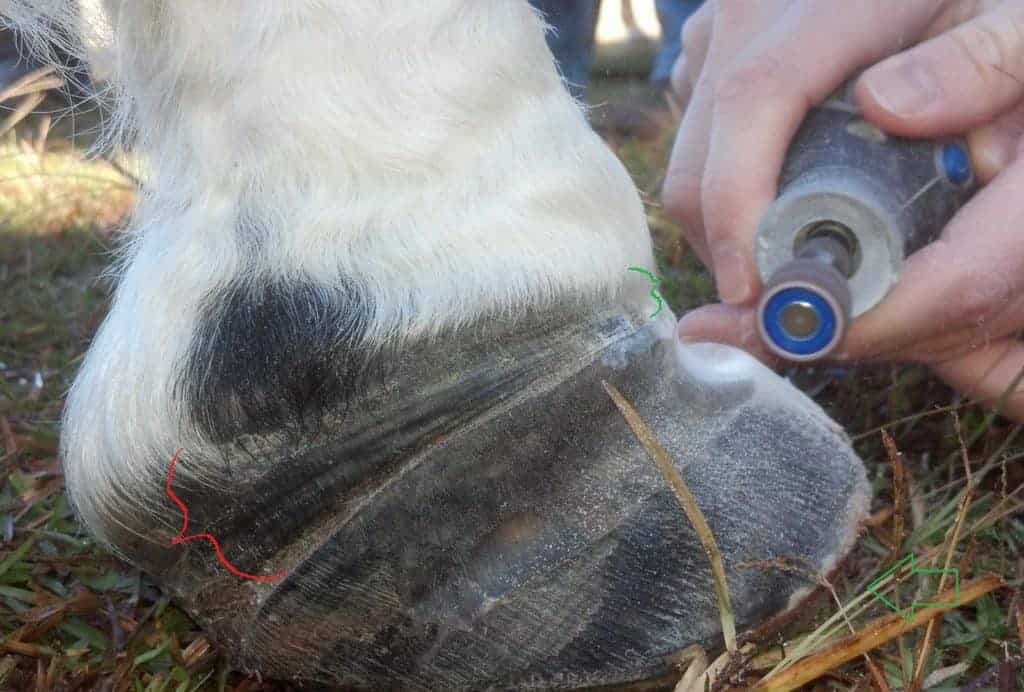
UK Graduate Student Spotlight: Brittany Harlow
Harlow’s research has focused on exploring options for reducing gastrointestinal conditions in the horse.
Laminitis (commonly called “founder”) affects an estimated 7-14% of the world’s equine population. It’s the inflammation of the tiny, interwoven lamellae that attach a horse’s hoof to the underlying coffin bone (third phalanx, or P3) and support the horse’s entire body weight. Anything that impacts the integrity of the lamellae, such as inflammation, weakens their hold. This causes the coffin bone to displace within the hoof capsule and move toward the ground. The condition is very painful and is often life-threatening to horses.
The same disease has several different causes, which include:

Harlow’s research has focused on exploring options for reducing gastrointestinal conditions in the horse.

Blood levels of certain anti-inflammatory markers might indicate a horse is at increased risk of laminitis.

Researchers from The Laminitis Consortium published the results of four more laminitis-associated studies.

Dr. Scott Morrison of Rood & Riddle Equine Hospital shares solutions for supporting laminitic horse hooves.
Leading laminitis researchers, scholars, clinicians, and farriers will present recent findings in November.

Seeing the tiny ponies grazing on lush, green University of Pennsylvania pasture, you’d expect more than a few to founder. Find out why they don’t from equine behavior researcher Dr. Sue McDonnell.
Dealing with the post-laminitic horse has its challenges, but it is also rewarding when you’re able to see your horse living a good quality of life and returning to his or her former profession.
Colonels Smokingun lost his battle with laminitis on July 8.

Paynter, who overcame a serious illness, will return to the races later today in California.

Learn about the potential benefits of soaking your horse’s hay, methods for soaking, and what to do with the remaining liquid (hint: don’t use it to water plants) in this information packed fact sheet.

One veterinarian describes what the corium can tell us about a laminitic horse’s chances of recovery.
What is the most important risk factor that make some horses more prone to laminitis than others?
The Grayson-Jockey Club Research Foundation approved funding of 12 new projects in 2013.

Laminitis is a devastating disease that does not discriminate based on a horse’s age, breed, or discipline.

Researchers recently evaluated adult progenitor cell characteristics from healthy and laminitic horse hooves.

Experts answered reader questions live about what’s new in laminitis research and treatments.
Stay on top of the most recent Horse Health news with
"*" indicates required fields